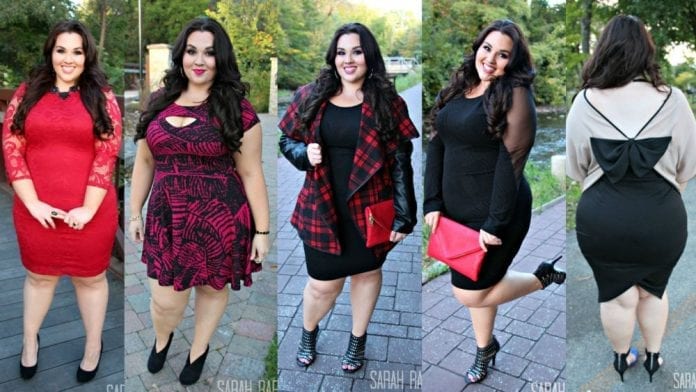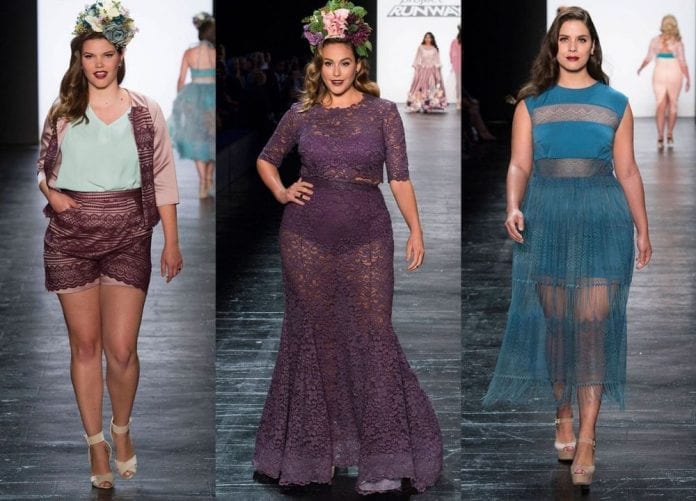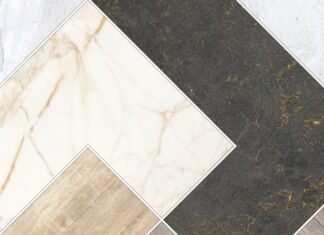We are sure you heard of it recently. Plus size fashion is a term that describes clothing for people who are larger than an average person is. These clothes are proportioned specifically for them, and they have their own measurements and style. The use and application of the term is different from country to country, but people generally know and understand for whom this line of fashion is meant.
We can learn it best from the experts at the PLUS Model magazine. In one of the issues, this statement clarifies the size chart, “In the fashion industry, plus size is identified as sizes 10-14, super-size as sizes 1X-6X and extended size as 7X and up.” Susan Barone […] shared, “Plus sizes are sizes 14W – 24W. Super sizes and extended sizes are used interchangeably for sizes 26W and above. Sometimes the size 26W is included in plus size.” So there we have it, a clear explanation of the sizes.

But what about the name? People who fall into this category generally do not like to be referred to as plus or large size, which is understandable. There are more, less offensive names for this line of clothes.
In Britain for example, the term is “outsize.” Clearly stating that the sizes are outside of regular ones, this name is also losing fans. A clear example of the change is the “Evans Outsize” brand, which was renamed to “Evans.” They also stopped using the slogan “Evans – The Outsize Shop” on the labels of their clothes. The name for men’s plus-size clothing is big and tall, which is far less offensive. This name is also present as the regular term in different countries.
There is also a newer alternative term, which proved to attract more consumers, as well as editorial favor. This term is “curvy,” which is understandably much less offensive to those that wear larger sizes. In its current use in the media, it is associated more with the younger generations and style of dressing. It is also not restricted to only the plus sizes, as it is also used to describe the voluptuousness of a woman.
When it comes to history, Lane Bryant started the trend in the early 1900s. As a clothing producer with “Expectant Mothers and Newborn” she started to sell a new clothes category with the tag ‘For the Stout Women.’ These clothes ranged from a 38 to a 56-inch bust line. The aforementioned Evans brand from the UK was founded in 1930. So, although it seems like a relatively new development in fashion because we hear about it more, it had actually been here for almost a century.

Around half a century later came the large-size fashion revolution of 1977–1998 in the United States. Model agency Big Beauties was the first to work with plus-size clothing lines and advertisers. They led the sales of larger size clothing for twenty years. The first high-end line of clothing for plus-size women was Marina Rinaldi by Max Mara in 1980. Furthermore, at Lincoln Center on September 6, 2013, the first appearance of plus-size fashion line at Cabiria Fashion Week took place.
Today, the majority of brands offer sections for plus-size people, and they do not suffer from any restrictions. They are more available and welcoming to various different body types and styles of fashion. For example, www.curvyfashionplaza.com/en offers a wide variety of plus size clothes. Feel free to browse their website and order whatever you like. They have an amazing line of clothing with something for every taste. The quality and service are great, and the prices affordable.









